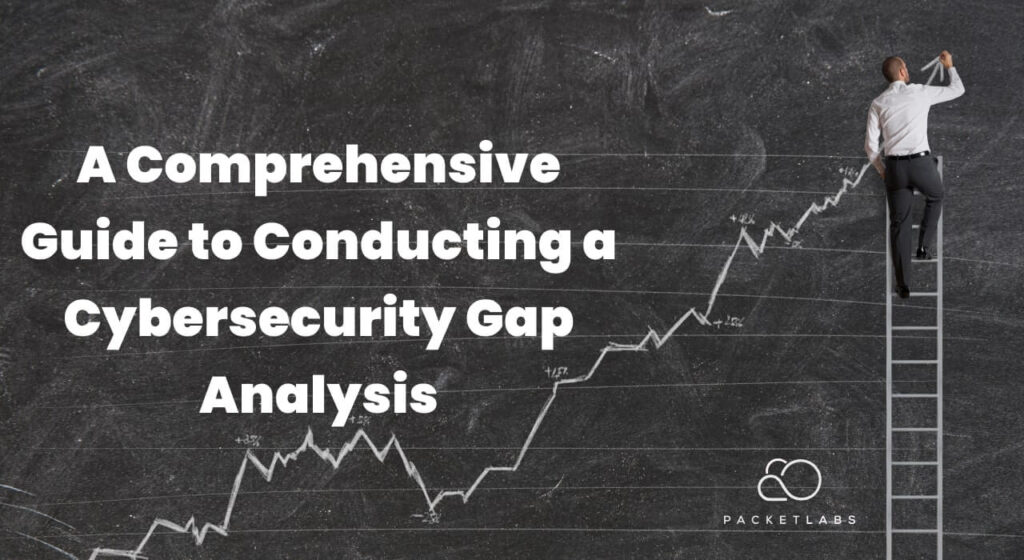
In today’s digitally interconnected world, the importance of cybersecurity cannot be overstated. Cyberattacks are becoming increasingly sophisticated, and organizations of all sizes are at risk. To stay ahead of these threats and protect sensitive data, businesses must regularly assess and enhance their cybersecurity measures. One essential tool in this arsenal is conducting a Cybersecurity Gap Analysis, also known as a cyber security self-assessment or cyber maturity assessment. This comprehensive guide will delve into the importance of cyber-security gap analysis and provide a step-by-step approach to conduct one effectively.
Understanding the Cybersecurity Gap
The cybersecurity gap represents the divide between an organization\’s current security posture and the level of security needed to protect against potential threats effectively. This gap can arise due to various factors, such as outdated technologies, inadequate policies and procedures, and a lack of awareness among employees. Recognizing and addressing this gap is crucial because it serves as the foundation for a robust cybersecurity strategy.
Why Conduct a Cybersecurity Gap Analysis?
1. Risk Mitigation
Identifying vulnerabilities and weaknesses in your current cybersecurity infrastructure allows you to prioritize and mitigate risks effectively. This proactive approach can significantly reduce the likelihood of costly data breaches or cyberattacks.
2. Compliance
Many industries are subject to regulatory requirements and compliance standards. Conducting a cybersecurity gap analysis helps organizations ensure they meet these standards, avoiding legal consequences and reputational damage.
3. Resource Allocation
By pinpointing specific areas in need of improvement, you can allocate resources more efficiently. This prevents wasteful spending on unnecessary security measures and maximizes your cybersecurity budget.
4. Continuous Improvement
Cyber threats evolve rapidly, making it essential to have a continuous improvement strategy in place. A gap analysis provides a baseline to measure progress and adapt to emerging threats effectively.
Steps to Conduct a Cybersecurity Gap Analysis
1. Define Your Objectives
Begin by clarifying the goals of your cyber-security gap analysis. Are you primarily interested in regulatory compliance, risk reduction, or overall cybersecurity improvement? Defining objectives will guide the entire process.
2. Gather Information
Collect data on your existing cybersecurity measures, policies, and practices. This may include information on your IT infrastructure, security tools, employee training, and incident response procedures.
3. Identify Assets and Vulnerabilities
Determine the critical assets and data that require protection. Conduct a thorough risk assessment to identify vulnerabilities and potential threats to these assets.
4.Benchmark Against Best Practices
Research industry best practices, standards, and regulations relevant to your organization. Compare your existing cybersecurity measures against these benchmarks to identify gaps.
5. Conduct Gap Analysis
Now, assess the disparities between your current cybersecurity posture and the desired state. Categorize these gaps by severity and prioritize them based on potential impact and feasibility of mitigation.
6. Develop an Action Plan
Create a detailed action plan that outlines the steps needed to bridge the identified gaps. Assign responsibilities and set deadlines for each task to ensure accountability.
7. Implement and Monitor
Execute the action plan, making the necessary improvements to your cybersecurity infrastructure. Continuously monitor progress and adapt to emerging threats or changes in your organization’s landscape.
8. Review and Iterate
Periodically revisit your cyber-security gap analysis to ensure ongoing alignment with your objectives. Cybersecurity is a dynamic field, and regular reviews are essential to stay resilient against evolving threats.
Conducting a cyber-security gap analysis is not a one-time task but an ongoing commitment to safeguarding your organization\’s digital assets. By identifying vulnerabilities, setting priorities, and continuously improving your cybersecurity measures, you can bridge the gap between your current state and a robust, future-proof security posture. In a world where cyber threats are ever-present, taking proactive steps to protect your organization is not just a choice; it\’s a necessity.
